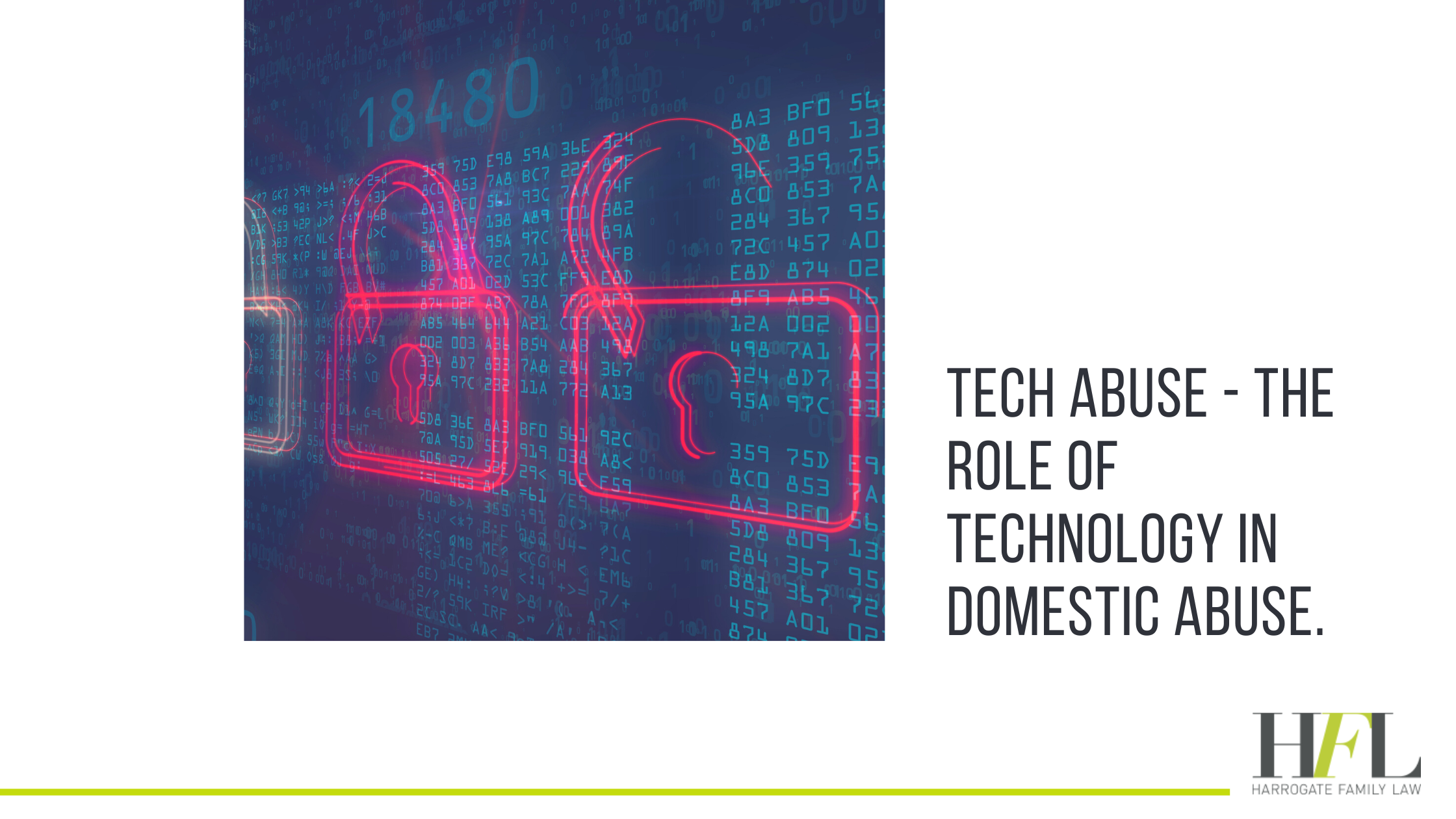Being the victim of any form of domestic abuse is distressing, traumatic and harmful. Whilst big strides have been made to tackle this issue, incidents of domestic abuse are still being reported across the country on a regular basis.
Unfortunately, as technology advances, perpetrators of abuse are finding so many more ways to inflict harm on their victims. Here we’re taking a look at the issue of tech abuse, the harm it can cause and how victims can be supported.
What is tech abuse?
Tech abuse occurs when someone uses a form of digital technology to coerce, threaten, or harm another person. At its core, tech abuse is the misuse of digital devices and spaces to harm victims, and it’s often used together with other forms of abuse.
The perpetrator can be anyone. From an ex spouse or partner or a family member, to someone who is completely unknown.
How can people abuse technology?
Internet-connected devices are everywhere. From smartphones and tablets, to Amazon’s Alexa, our lives are increasingly digital. Even if you’ve made the decision to spend some time ‘off-grid’, it’s inevitable that you’re in close proximity to someone who uses a device of some kind.
The modern devices we use provide us with access to apps, social media platforms and online bank accounts (to name just a few), all of which can be used by abusers to stalk, harass and abuse. In addition, social media enables them to remain anonymous, or even impersonate someone else.
So what forms can tech abuse take?
Social media and cyber stalking
One of the most common forms of tech abuse, creating fake profiles whilst remaining anonymous is fairly simple to do across most social media platforms. Even more conveniently for an abuser, impersonating someone else online isn’t a criminal offence.
This allows abusers to contact and harass their victims and their family and friends, impersonate their profile in order to share damaging information and lies, and incite negative feelings and behaviours towards them.
Perpetrators may also gather information from photos, or monitor the posts of their victim’s friends to establish their whereabouts, allowing them to show up unannounced in person.
GPS monitoring
GPS technology has come a long way. Phones, iPads and laptops can all be GPS enabled and used to track a person’s whereabouts.
There are also specific GPS tracking devices that are small and discreet, as well as fairly cheap and accessible. These can be fitted to cars, or in someone’s belongings, so as to accurately monitor their movements and location.
Sexting and revenge porn
Used to humiliate and degrade their victims, sexting and revenge porn involves an abuser uploading personal, explicit material to the internet, making it accessible for everyone to see. Alternatively, they can share it directly to someone’s work, family or friends.
Another example of this is where a perpetrator sends or receives sexually explicit photographs, videos or messages of another person without their consent.
Tech abuse and the domestic abuse bill 2019-21
The Domestic Abuse Bill 2021 was introduced in March 2020. It was seen as a massive step forward for victims, and included a new definition of domestic abuse and extra protections for victims in court.
Although the Act doesn’t mention the role of technology in particular, provisions have been widened to incorporate behaviours, rather than the devices and methods that might be used to inflict abuse. Given the speed at which the modern technology we use is developing, this might be seen as a sensible approach, since it can be a challenge for the law to ‘keep up’ and reflect the wide protections that victims need.
Here’s the government’s current definition of domestic abuse:
‘Any incident or pattern of incidents of controlling, coercive or threatening behaviour, violence or abuse between those aged 16 or over who are or have been intimate partners or family members regardless of gender or sexuality. This can encompass, but is not limited to, the following types of abuse:
The Act goes on to provide definitions of controlling behaviour and coercive control, and you can find more information here.
Where to seek support
Technology is so easy to use and so easily accessible that sadly, more and more people are falling victim to it. If you’re a victim or survivor of tech abuse, or domestic abuse in any form, below you’ll find some useful resources and contact numbers that can help:
IDAS Helpline 03000 110 110
Refuge 24 hour National Domestic Abuse hotline: 0808 2000 247
Women’s Aid Survivors’ forum and live chat: https://www.womensaid.org.uk/information-support/
Men’s Advice line: 0808 8010 327
Galop National LGBT+ Domestic Abuse Helpline: 0800 999 5428
At Harrogate Family Law, we’re expert family law solicitors who help so many people deal with sensitive, complex and traumatic situations, including separating from an abusive spouse or partner. You’re not alone, talk to us today and get the legal advice you need.






